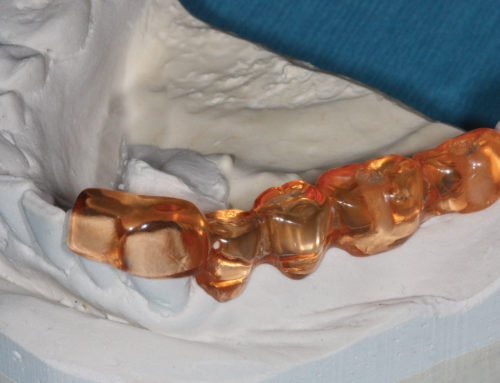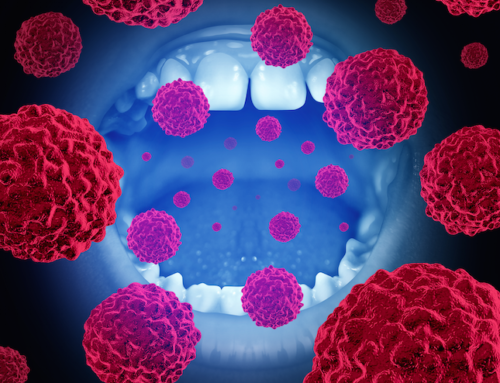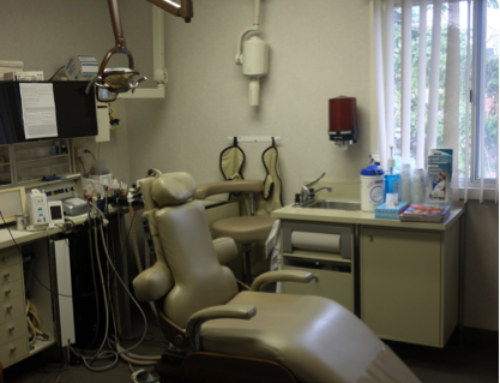Reptiles and fish have multiple sets of teeth during their life cycle. Yet, most mammals, including humans, have only a single set of replacement teeth. Curiously, mice have only a single set of teeth and no replacements. Researchers from King’s Faculty of Dentistry, Oral & Craniofacial Sciences, London, dug into the biomolecular analysis of mouse tooth development to ascertain the specific genetic mechanisms affecting vertebrate tooth replacement.
The studies showed mice have a different form of the gene expression for Wnt in the dental lamina, the histologic area that allows for tooth replacement signaling. Wnt signaling pathways use either nearby cell-cell communication (paracrine) or same-cell communication (autocrine). They are highly evolutionarily conserved in animals, which means they are similar across animal species from fruit flies to humans. Wnt signaling pathways are groups of signal transduction pathways that begin with proteins that pass signals into a cell through cell surface receptors. Wnt signaling is known to be required for tooth replacement in other vertebrates. This signaling function initially forms in mice but then disappears, preventing the development of another set of teeth. The researchers were able to activate Wnt signaling in mice, and additional teeth were formed.
“Why the potential for tooth replacement varies so much across vertebrates is an intriguing question,” explains PhD student Elena Popa. “Our results show that, although the mouse normally does not form a second replacement set of teeth, it still has the potential to do so given the right signals.”





